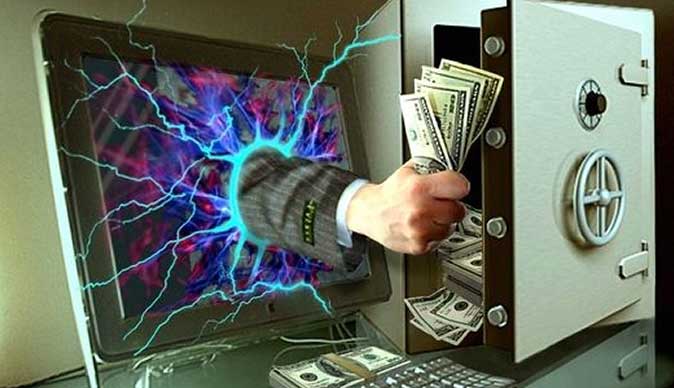Throughout history, it’s at moments like this when nations and empires start to collapse – from within.
The government has systematically undermined its own financial stability, and its credibility to government going forward.
The sums simple do not add up…

Writer Petr Svab at the Epoch Times reports…
The United States is on pace to spend more to maintain its debt than on its own military. In the third quarter, the federal government spent over $184 billion on interest payments on its debt. That means an annual cost of over $730 billion. Meanwhile, the Department of Defense 2022 budget was about $720 billion.
Interest payments have skyrocketed over the past two years with massive increases in government spending during the COVID-19 pandemic and then due to interest rate hikes enacted by the Federal Reserve in an attempt to curb inflation.
Interest payments in the first three quarters of 2022 reached nearly $500 billion compared to less than $430 billion the year before, according to data from the Bureau of Economic Analysis.
The United States has faced mounting government debt for more than a decade as deficits soared after the 2008 recession and continued high until hiking further yet as a result of relief packages during the pandemic starting in 2020.
Interest payments initially dropped in 2020 as the Fed cut rates to virtually zero and quickly loaded an additional $1.5 trillion of government debt on its balance sheet. By the end of 2021, however, interest payments bounced back up and then continued to climb steeply as the Fed increased interest rates from about zero to over 3 percent this year. Another rate hike is expected before the end of the year.
The majority of the roughly $31 trillion in federal government debt is held by private investors. Significant holders include large banks, investment houses, and pension funds.
About 20 percent is held by the government itself, such as in Social Security, military retirement, civilian retirement, and Medicare trust funds. That means interest on this part of the debt is paid by the government to itself.
Another nearly 20 percent is held by the Fed. Interest on this debt is used by the Fed to fund its activities such as administrative costs and open market operations, including purchasing more government debt and mortgage-backed securities, as well as paying banks interest on money left dormant in depositors’ accounts. Whatever the Fed has left over, it transfers to the Treasury. The Fed, however, can also directly create money so it doesn’t technically depend on the interest income.
Because the Fed can increase the supply of dollars at will, some economists have argued that the government doesn’t have to worry about the debt since it can’t run out of money—the Fed can buy the debt, Treasury will pay interest on it to the Fed, and the Fed would then send the money back to the Treasury.
Other economists have warned that high government deficits that force the Fed to print more dollars devalue the currency and lead to price inflation. They argue that Fed’s money creation after the 2008 crash didn’t cause inflation in consumer prices, but rather in assets, because the new money went largely to financial institutions that used it to invest in securities, not so much to buy goods and services.
On the other hand, as a large part of the money printed during the pandemic went to businesses and consumers, inflation reached a four-decade high of over 8 percent this year.
Many economists and politicians, including President Joe Biden, have blamed inflation on phenomena such as supply chain disruptions and the Ukraine war.
But such disruptions should only affect prices in select areas of the economy and only for a limited time. If prices rise across the board, it must be that too much new money has been printed, according to Steve Hanke, professor of applied economics at Johns Hopkins University.
READ MORE FINANCIAL NEWS AT: 21st Century Wire Financial Files
ALSO JOIN OUR TELEGRAM CHANNEL
PLEASE HELP SUPPORT OUR INDEPENDENT MEDIA PLATFORM HERE

Get Clive de Carle's Natural Health essentials of the finest quality, including vitamin & mineral supplements here.
















